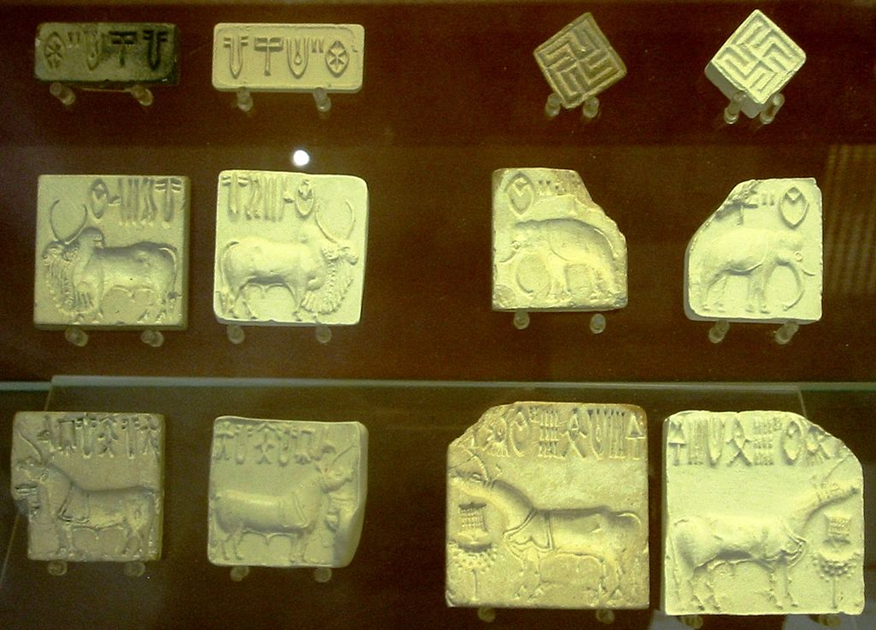Indus valley River Civilization
| Site: | Plateforme pédagogique de l'Université Sétif2 |
| Cours: | Initiation to Civilization and Cultural Texts |
| Livre: | Indus valley River Civilization |
| Imprimé par: | Visiteur anonyme |
| Date: | mardi 14 octobre 2025, 06:01 |
Description
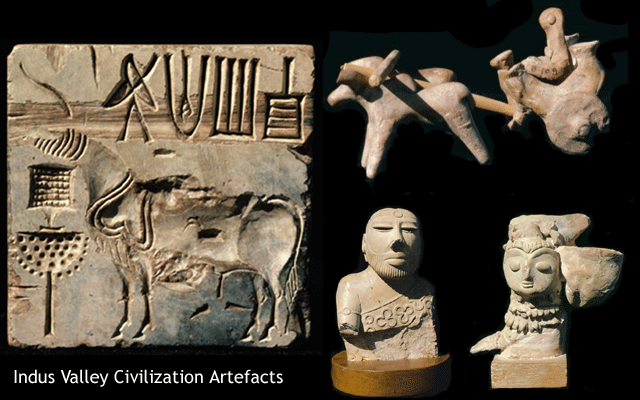 students will get to know the legacy of the Indus Valley River civilization and how it contributed to human development.
students will get to know the legacy of the Indus Valley River civilization and how it contributed to human development.
1. Introduction
The Indus River Valley Civilization, 3300-1300 BCE, also known as the Harappan Civilization, extended from modern-day northeast Afghanistan to Pakistan and northwest India. 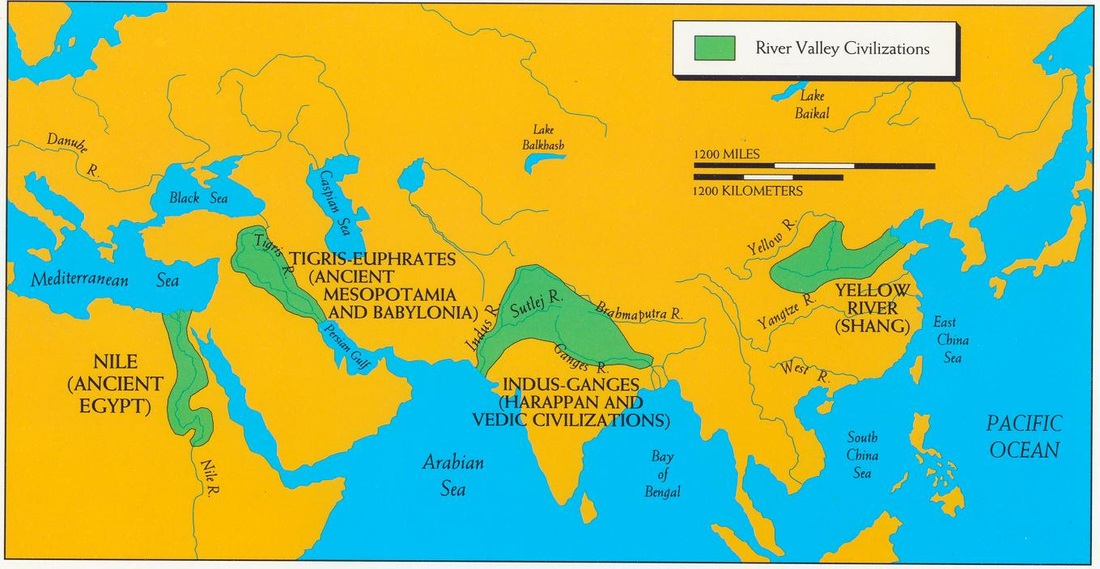
2. Geographical location and discovery:
3. Political and economic environment
Politically, the male statue of The Priest King showed that they had social classes and a government with a head ruler. In addition, the ruler was honored. According to archeologists, there are no traces of weapons or wars which led them to think that the Indus were peaceful people.

In terms of architecture, many covered drains show the public work projects and advanced agriculture within the Indus Valley Civilization.They also used to have well built cities with an advanced water system with baths and even sanitation system with tubes underground. The Indus cities are noted for their urban planning, a technical and political process concerned with the use of land and design of the urban environment. They are also noted for their baked brick houses, elaborate drainage systems, water supply systems, and clusters of large, nonresidential buildings. the world's first known urban sanitation systems. The ancient Indus systems of sewage and drainage developed and used in cities throughout the Indus region were far more advanced than any found in Europe nor in contemporary urban sites in the Middle East and even more efficient than those in many areas of Pakistan and India today.
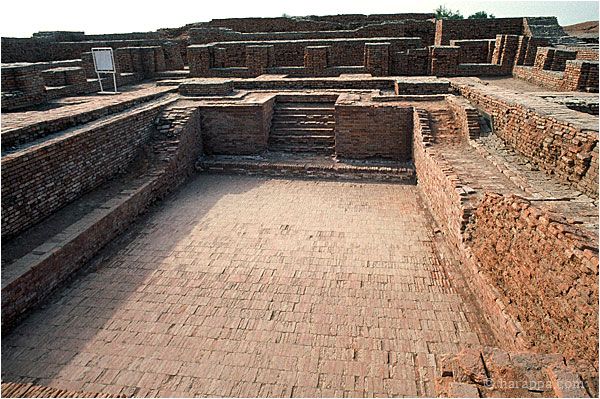
Individual homes drew water from wells, while wastewater was directed to covered drains on the main streets. Houses opened only to inner courtyards and smaller lanes, and even the smallest homes on the city outskirts were believed to have been connected to the system, further supporting the conclusion that cleanliness was a matter of great importance. It is important to pinpoint highly sophisticated innovations of this civilization including standardized weights and measures, seal carving, and metallurgy with copper, bronze, lead, and tin.
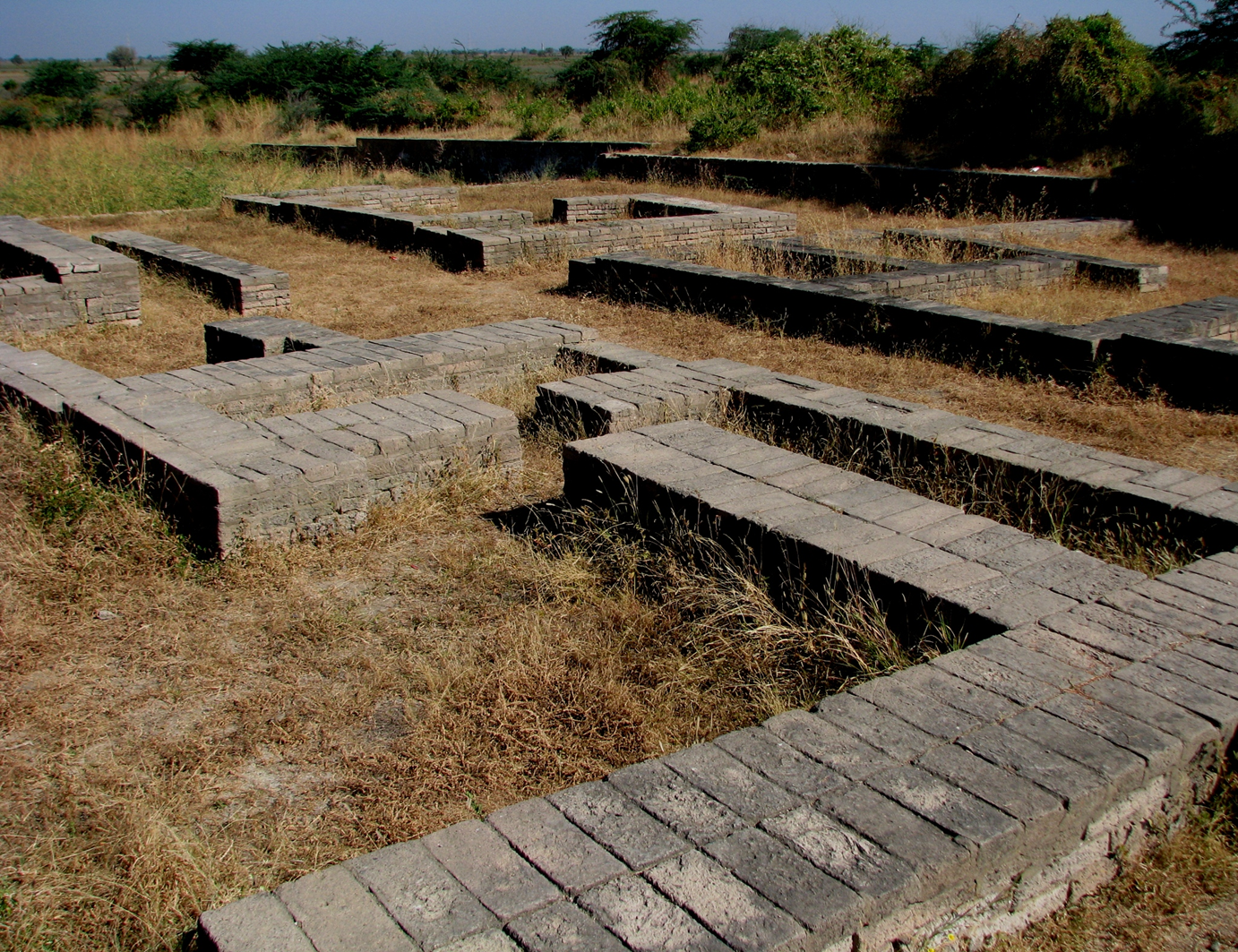
Harrapans are known for seal carving— the cutting of patterns into the bottom face of a seal, a small, carved object used for stamping. They used these distinctive seals for the identification of property and to stamp clay on trade goods. Seals—decorated with animal figures, such as elephants, tigers, and water buffalos—have been one of the most commonly discovered artifacts in Indus Valley cities

